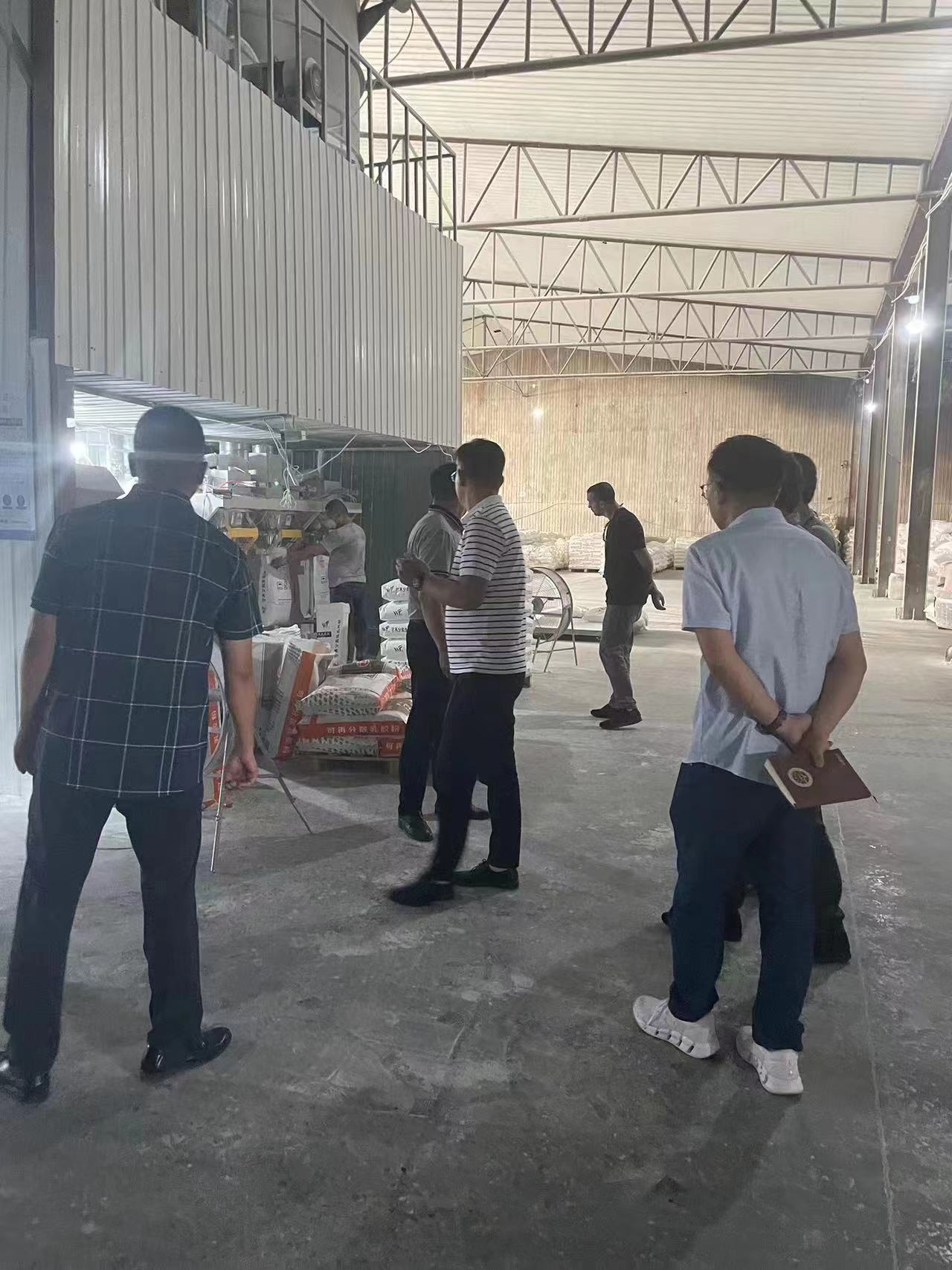
Okt . 13, 2024 09:17 Back to list
tio2 e171
The Role of TiO2 (E171) in Food Products An Overview
Titanium dioxide (TiO2), commonly referred to by its food additive code E171, has been widely used in various food products for several decades. It serves primarily as a colorant, imparting a bright white hue to a range of items, including confections, sauces, and dairy products. Its appeal lies not only in its ability to enhance the visual appeal of food but also in its properties such as opacity and UV filtering, making it a valuable ingredient in the food industry.
The Role of TiO2 (E171) in Food Products An Overview
However, the safety of titanium dioxide, especially in the form of E171, has come under scrutiny in recent years. Regulatory bodies such as the European Food Safety Authority (EFSA) have conducted extensive reviews concerning its safety and potential health risks. In 2021, EFSA concluded that E171 could no longer be considered safe as a food additive and subsequently recommended its ban in the European Union. Concerns primarily revolve around its potential accumulation in the body and associations with adverse health effects, including genotoxicity.
tio2 e171

The debate over E171 has triggered a larger conversation about food additives and their long-term impacts on human health. Many consumers are now more cautious about what they consume, leading to a growing trend toward natural food colorants and additives that do not carry the same controversy as synthetic alternatives. This shift is reflected in the rise of products labeled as E171-free” or natural” in grocery stores, catering to health-conscious consumers.
In response to these health concerns, some manufacturers have started reformulating their products to eliminate TiO2, seeking alternatives that can offer similar visual enhancements without the potential risks. Natural colorants derived from sources such as beet juice, turmeric, and paprika are gaining traction as viable substitutes. These alternatives not only provide color but also align with the growing consumer demand for transparency and cleaner labels.
As the landscape of food production evolves, the case of E171 highlights the importance of continuous research and regulatory scrutiny regarding food additives. Consumers are becoming increasingly aware of the ingredients in their food, prompting companies to adapt their formulations responsibly. This trend towards cleaner, safer, and more transparent food production is likely to continue shaping the industry, potentially leading to a future where additives like E171 are relegated to history.
In conclusion, while titanium dioxide (E171) has played a significant role in the food industry by enhancing the visual appeal of products, its safety concerns cannot be ignored. The push for natural alternatives reflects a broader shift towards healthier food choices and an informed consumer base. As research progresses, the food industry will need to navigate these changes thoughtfully, ensuring that product safety and consumer preferences remain paramount.
-
China Lithopone in China Supplier – High Quality Lithopone ZnS 30% Powder for Wholesale
NewsJun.10,2025
-
Top China Titanium Dioxide Company – Premium TiO2 Powder Supplier & Manufacturer
NewsJun.10,2025
-
Fast Shipping 99% Pure TiO2 Powder CAS 13463-67-7 Bulk Wholesale
NewsJun.10,2025
-
Top China Titanium Dioxide Manufacturers High-Purity R996 & Anatase
NewsJun.10,2025
-
Lithopone MSDS Factories - Production & Quotes
NewsJun.10,2025
-
High-Quality Titanium Dioxide in Water Suppliers - China Expertise 60
NewsJun.09,2025
